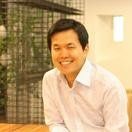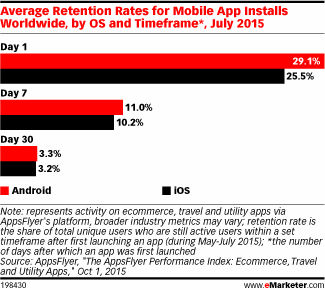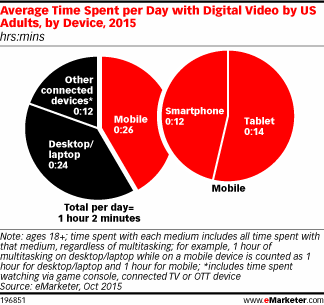The Star Wars franchise is heading for a terrific year, with the return of the storied movie series coming this December 18th. Electronic Arts is taking full advantage of the resurgence in the franchise with the upcoming Star Wars Battlefront. But that’s not all the Star Wars excitement EA is preparing there’s a new expansion heading this way for EA’s MMORPG, Star Wars: The Old Republic. Knights of the Fallen Empire is the largest expansion ever for BioWare’s MMORPG, and it introduces an episodic storytelling that should provide plenty of excitement for Star Wars fans.
The Star Wars: The Old Republic marketing team gave some insight to [a]listdaily about the marketing for this new expansion.
With all of the excitement being generated over the new Star Wars movie, you must expect that it will help Star Wars: The Old Republic. How will you capitalize on this surge in Star Wars fandom?
The primary benefit we see from the convergence of the surge in Star Wars fandom is that it offers a unique opportunity to introduce more gamers and Star Wars fans to this amazing BioWare roleplaying game that offers players the chance to literally step into a Star Wars world and become a part of it.
In this game, your character becomes the Outlander, a veteran of the Great Galactic War, and an iconic Star Wars hero. For the team, this expansion was inspired by their love of Star Wars. Sharing that nostalgia with our fans is honestly a big part of what motivates us and we are excited to be releasing this expansion this year! Our opportunity is to offer players an experience they cannot get anywhere else, a BioWare style RPG set in a galaxy far, far away.
Star Wars: Battlefront is one of the most highly anticipated games this fall. Will you be doing any cross-marketing with that game for Star Wars: The Old Republic?
We have been working together with the Star Wars Battlefront marketing team quite a bit. We actively look for opportunities to work together. We want to make sure fans realize that EA is working hard to deliver an impressive most impressive experience.
Partnering around events is something we have been doing since the beginning of the year. Both teams have been heavily invested in events where we can meet our fans and give them a chance to get their hands on the games. At Star Wars Celebration and again during San Diego Comic-Con we co-promoted both games presence at the show. We also have a very cool offer for fans in the Star Wars Battlefront PC packs that offers players that purchase Star Wars Battlefront the ability to get their own Tauntaun mount and Thermal Retention Suit in Star Wars: The Old Republic; inspired by Battlefront s Hoth-themed pack.
My guess is that over the next few months we will find more opportunities to partner; if we are not too busy playing each other s games!
What can Star Wars: The Old Republic fans look forward to over the next year — what new material do you have planned?
Fans of Star Wars: The Old Republic have a lot to look forward to in the coming year as one of the most exciting features of the game is that we are delivering an episodic story that continues to evolve. Knights of the Fallen Empire releases with the first nine chapters of an episodic storyline and new chapter releases commence early in the New Year and then continue on an ongoing basis. Each chapter will introduce an expanding cast of new characters, including companions that players can recruit into their alliance. Many of the chapters feature unexpected twists and cliff-hanger moments. The story is deep and personal and delivers on the BioWare style story-telling experience that puts players in control of how their story unfolds by making choices along the way that have significant impact sometimes even life and death.
This story has all the hallmarks that BioWare is known for: it introduces dozens of new characters, many of whom are potential companions that you can recruit into your Alliance, as well as three new planets to explore that have never been seen before in Star Wars. Not to mention a cast of deadly adversaries who may just turn out to be the most dangerous family in Star Wars! There are a lot of great moments coming and we cannot wait to see the choices that players make as each new chapter is released.
There’s plenty of new Star Wars material coming out in the future, but it will be covering a variety of time periods and characters. How do you connect that interest to Star Wars: The Old Republic, which is a time period apart from the new movies?
Star Wars: The Old Republic relates to and exists thanks to Lucasfilm and the world they created in Star Wars. Although our game is set thousands of years in advance of the movies, the world resonates closely and our characters and themes are all inspired by the types of characters and stories you see in Star Wars. From the minute you log in to our game there is no doubt that you are in the Star Wars universe from the species, character classes like Jedi, Sith, Bounty Hunter and more you are surrounded the iconic imagery of the Star Wars galaxy. There is no other roleplaying game out today that offers the rich tapestry and deep story that puts you in the center of your own Star Wars story. And, the stories are what we all love about Star Wars!
What’s the most exciting thing about the new Star Wars expansion?
The Story!

 Manho Won
Manho Won



